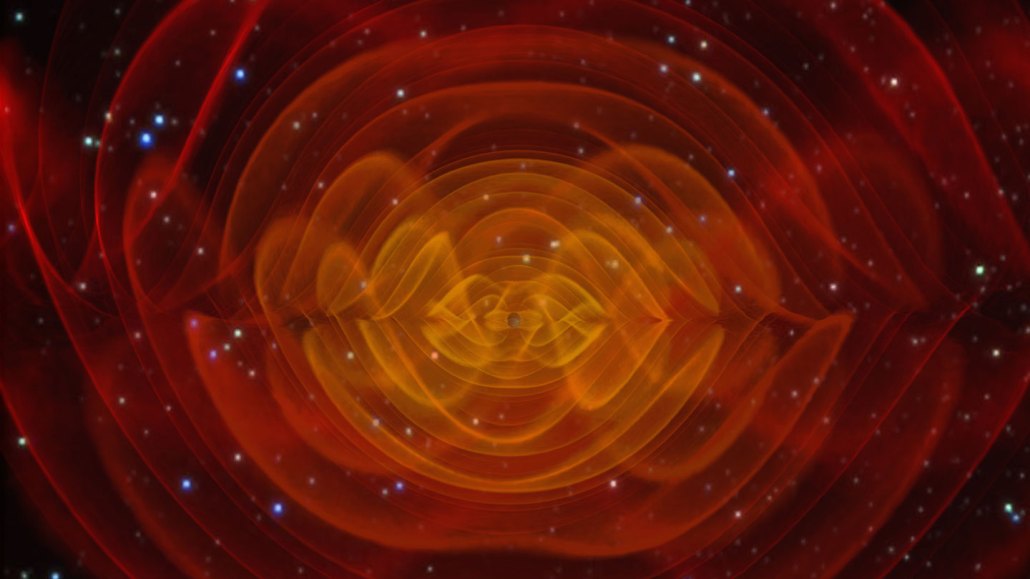
Gravitational waves (visualized in this simulation radiating from a merging pair of black holes) can get redirected by massive objects, which researchers might someday leverage as a kind of gravity ‘radar’ to map the unseen denizens of the universe, a new study suggests.
NASA







